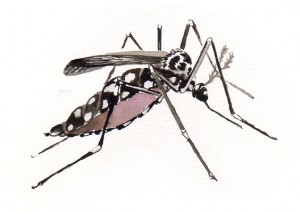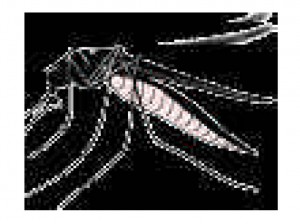WEST NILE VIRUS
September/October 2012 ISSN-1059-6518 Volume 25 Number 5
ISSN-1059-6518 Volume 25 Number 5
By Frank Hubbell, DO
This article on West Nile Virus was originally run in the WMN about 10 years ago. With the current rash of cases in the Northeastern and Midwestern states, we thought is would be a good idea to refresh this article to remind us of this potentially lethal virus.
The take-away message is that this virus is spread by mosquitoes; therefore, in order to become a victim of this disease, you have to become part of the food chain. Since this is a viral illness, it does not have an effective treatment. Your ability to survive is dependent upon your immune system.
 The first principle is, as always, don’t feed the bugs. If you don’t get chewed on by mosquitoes, you cannot get West Nile Virus or many other viruses listed at the end of this article.
The first principle is, as always, don’t feed the bugs. If you don’t get chewed on by mosquitoes, you cannot get West Nile Virus or many other viruses listed at the end of this article.
Wear protective clothing, use insect repellents and insecticides, and stay out of their environment. We either have to eliminate the mosquitoes or not get bitten by them.
In the world of infectious disease, West Nile is not a statistically important. Its impact is actually quite minimal in that it does not cause harm to millions or even thousands. It is one of about 534 zoonotic viruses of which 120 are known to cause illness in humans. But it gains our attention because it is a new acute illness that is potentially lethal, highly preventable, and we do not know its full potential to spread and cause harm as yet.


 In the world of infectious disease West Nile Virus (WNV) is not a statistically important disease. Its impact is actually minimal in that it does not cause harm to millions or even thousands of people. It is one of about 534 zoonotic viruses of which 120 are know to cause illness in humans. But it is important, because it is a new acute illness that is potentially lethal, highly preventable, and we do not yet know its full potential to spread and cause harm.
In the world of infectious disease West Nile Virus (WNV) is not a statistically important disease. Its impact is actually minimal in that it does not cause harm to millions or even thousands of people. It is one of about 534 zoonotic viruses of which 120 are know to cause illness in humans. But it is important, because it is a new acute illness that is potentially lethal, highly preventable, and we do not yet know its full potential to spread and cause harm.